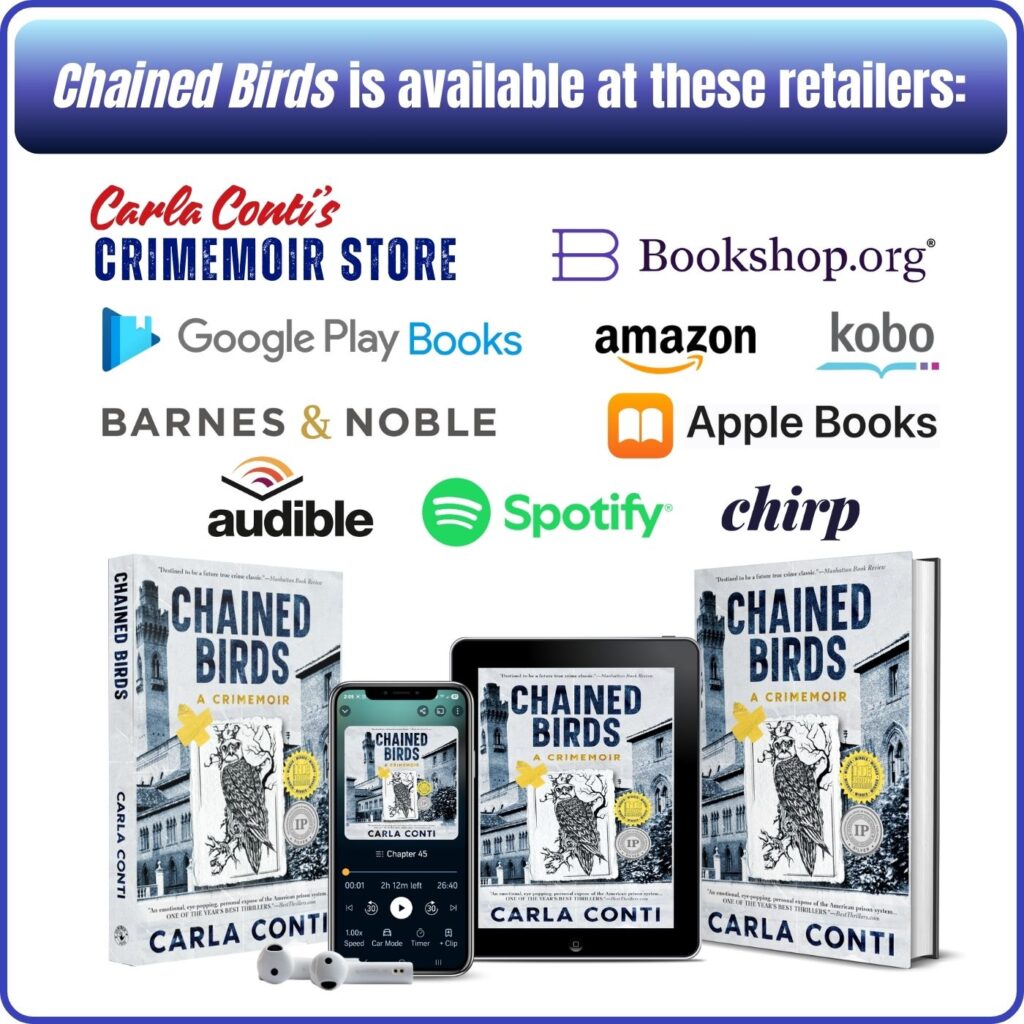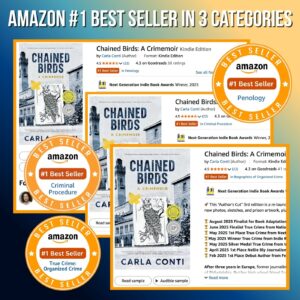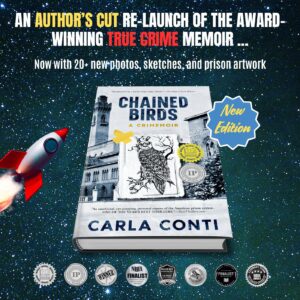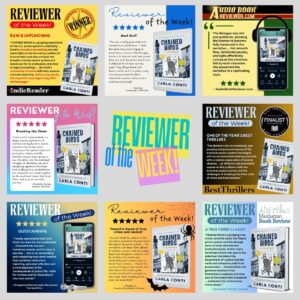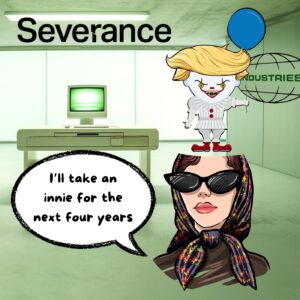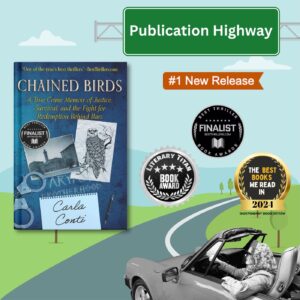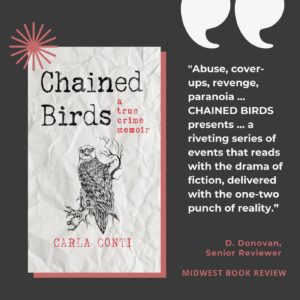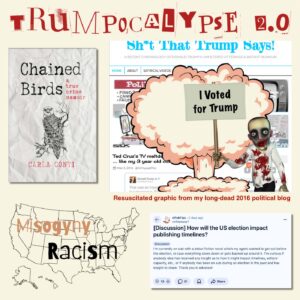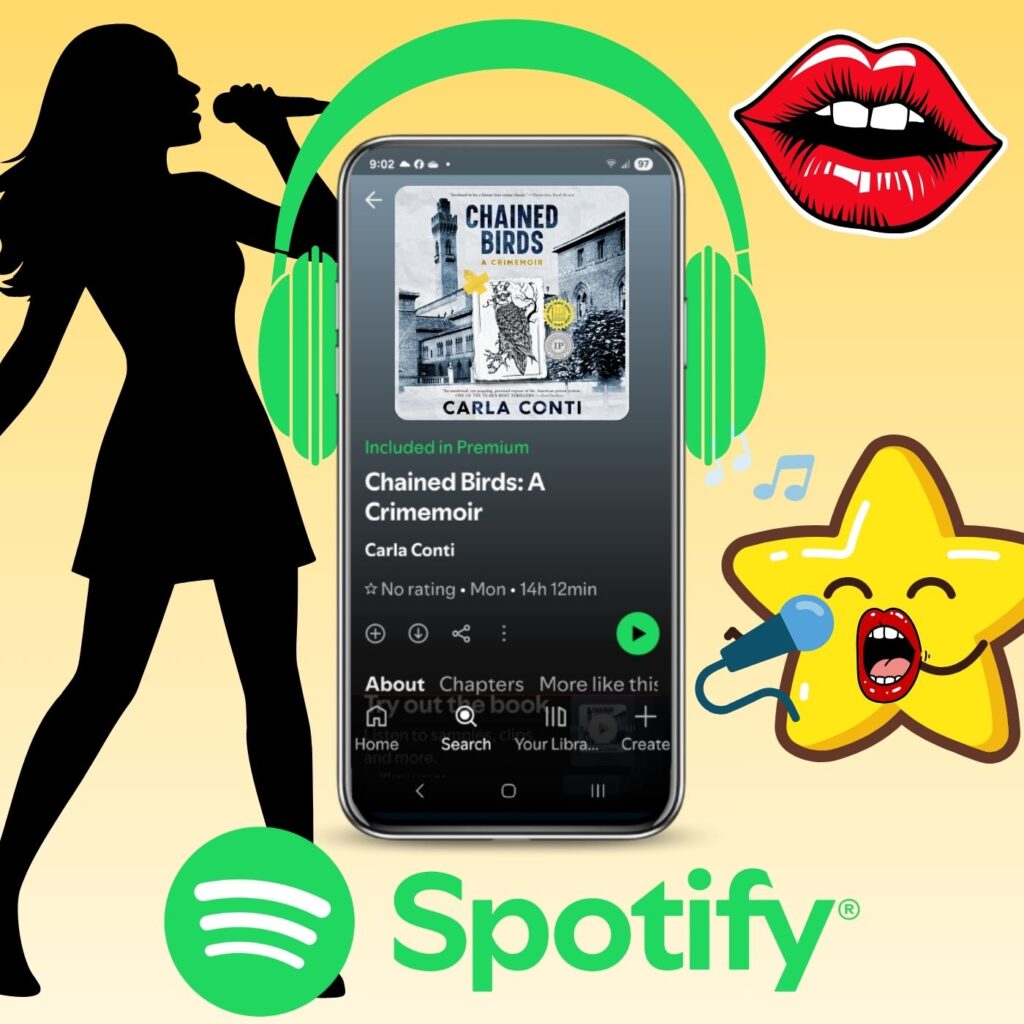
This summer has been a whirlwind for me. After reclaiming the rights to my award-winning book Chained Birds, I took the leap into indie publishing. It’s been a liberating experience—one that’s pushed me to explore new platforms and opportunities, like making my audiobook available on Spotify. Yes, Chained Birds is now streaming on the same platform where Taylor Swift’s chart-topping hits live. And while I’m not exactly shaking off an arena full of fans, I can’t help but feel a connection to Taylor’s journey.
Let me explain.
Fighting for Creative Rights: The Taylor Swift Connection
If you’ve followed Taylor Swift’s career, you know she’s more than just a pop superstar and the number one streaming artist on Spotify (she just hit over 109 billion streams). She’s a fierce advocate for artists’ rights. Years ago, she famously stood up to Spotify, pulling her music from the platform because of concerns over unfair royalties. It was a bold move, sparking conversations about how creators were compensated in the streaming era.
Fast-forward to today, and Taylor’s music is back on Spotify—but on her terms. This year, she won her years-long, very public fight to reclaim the rights to all of her music. Her strategy involved re-recording and re-releasing the “Taylor’s Version” of her early albums, and her victory is a masterclass in creative ownership for artists everywhere.
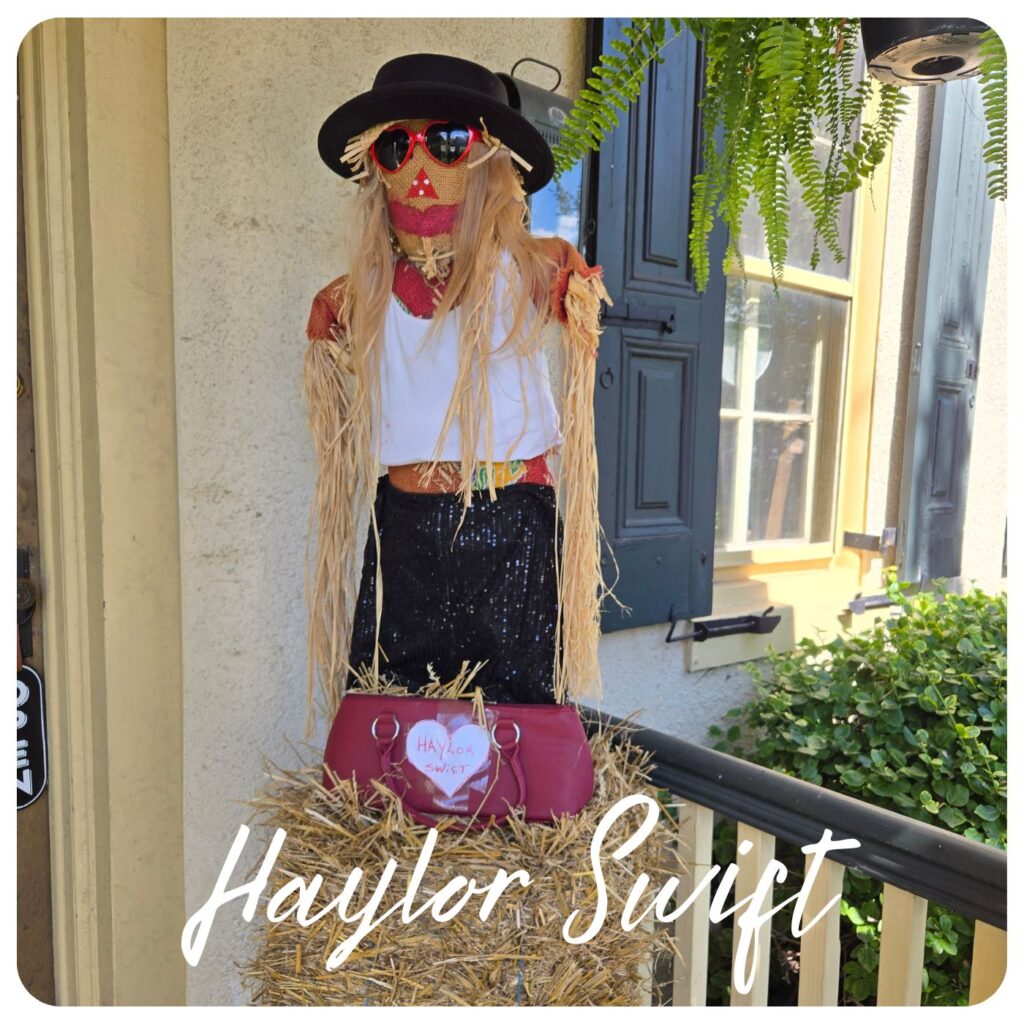
Taylor’s Battle
Taylor began her battle for control of her music catalog in 2019 when her former record label, Big Machine Records, was sold to Scooter Braun’s Ithaca Holdings. The sale included the master recordings of her first six albums—music that defined her career—without her consent. Despite attempts to negotiate, Taylor was only offered the chance to “earn back” one album at a time by recording new ones, a deal she called unfair and unacceptable
Rather than backing down, Taylor took a groundbreaking approach. Leveraging her publishing rights as the songwriter, she began re-recording her early albums and releasing them as “Taylor’s Version.” This strategy not only allowed her to reclaim control and devalue the original masters but also gave her Swifties fans a fresh reason to celebrate her music. The re-recordings, which include unreleased “From the Vault” tracks, were wildly successful, often outselling the originals.
At the end of May 2025, Taylor announced she had finally acquired her original masters—a victory for herself and a watershed moment for creators everywhere.
Learning from Taylor
What strikes me most about Taylor’s story is how she turned a moment of loss into an opportunity for creative reinvention. She didn’t just re-record her albums; she added unreleased tracks, connected with her fans in new ways, and sparked a larger conversation about artists’ rights.
I took a page from this. After Swift’s May announcement that she’d regained control of all of her music, I opened a dialogue with my former publisher, WildBlue Press, to have my Chained Birds rights reverted to me. I think my request took the press owners by surprise, but in the end, we worked out a deal and had an amicable split. Reasons I wanted my rights back included disappointing sales, lack of marketing and interest, etc.—typical grievances for authors who go this route. (I wrote about this friendly divorce in my first Substack newsletter last month.)
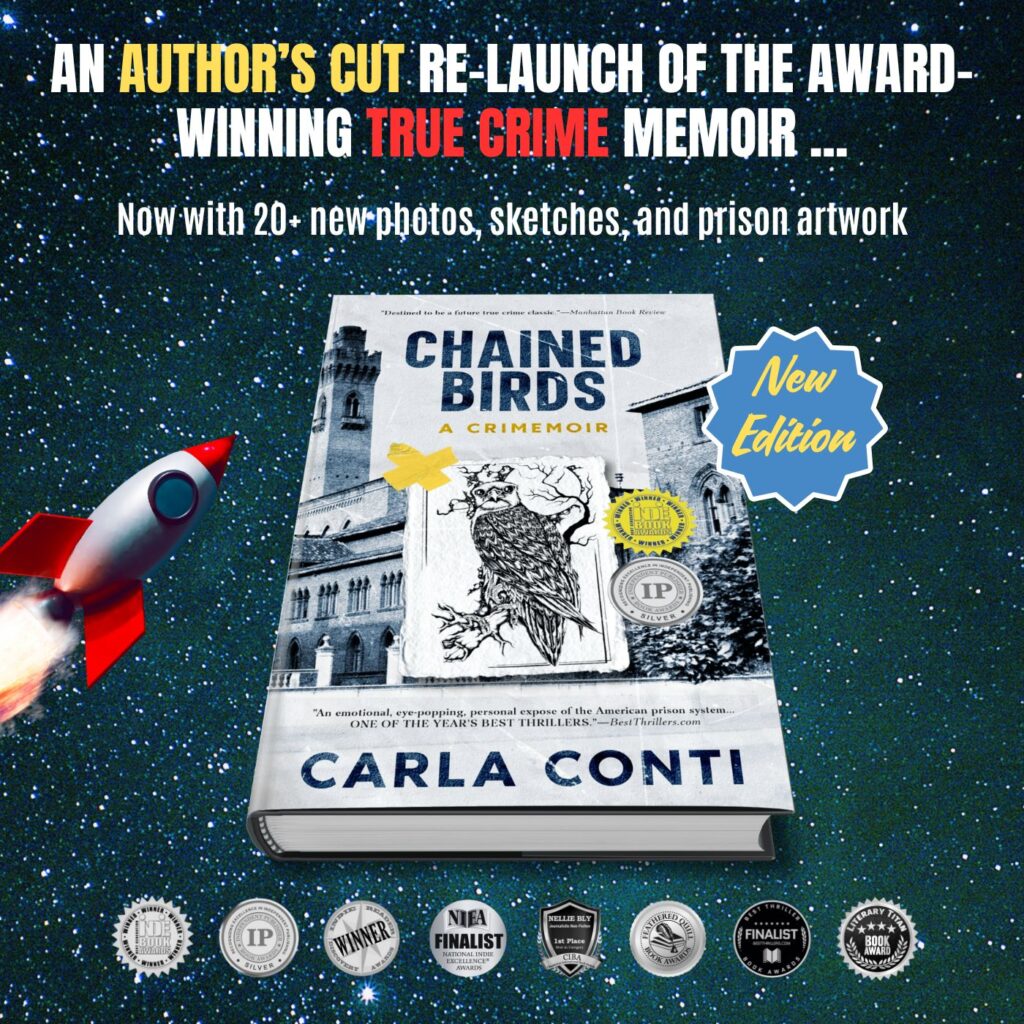 After my rights reversion was complete in July, I followed Taylor’s lead and re-released an “Author’s Cut” version of Chained Birds with new features. The eBook and print versions now contain over 20 new photos, sketches, and prison artwork, offering readers a value-add that wasn’t there before. Additionally, at the end of all new editions of Chained Birds, I’ve included a sneak peek of my next true crime book, The Jacklighter—something that couldn’t have happened (like being on Spotify) if I hadn’t taken back control of my work. I’ve already heard from some new readers who appreciate this extra material, most of which is artwork created by Kevin Sanders, the federal inmate at the heart of the story.
After my rights reversion was complete in July, I followed Taylor’s lead and re-released an “Author’s Cut” version of Chained Birds with new features. The eBook and print versions now contain over 20 new photos, sketches, and prison artwork, offering readers a value-add that wasn’t there before. Additionally, at the end of all new editions of Chained Birds, I’ve included a sneak peek of my next true crime book, The Jacklighter—something that couldn’t have happened (like being on Spotify) if I hadn’t taken back control of my work. I’ve already heard from some new readers who appreciate this extra material, most of which is artwork created by Kevin Sanders, the federal inmate at the heart of the story.
A Final Note
Obviously, I’m not in Taylor Swift’s league, but I do feel a similar sense of triumph in regaining my rights as an artist. Every time someone listens to Chained Birds on Spotify or picks up a copy, it’s a reminder that I took back control of my creative work and gave it a new life.
As Taylor said in a letter posted to her website in May, “All of the music I’ve ever made … now belongs … to me.”
I may only have one book under my belt (for now!), but I know exactly how she feels 🥹
Carla Conti is a former journalist and the award-winning author of Chained Birds: A Crimemoir. Her true crime debut won multiple 2025 national book awards, including 1st Place in True Crime from the Next Generation Indie Book Awards, Winner in True Crime from the Indie Reader Discovery Awards, Silver in True Crime from the Independent Publisher Book Awards (IPPY), Finalist in True Crime from the National Indie Excellence Awards, and a 1st Place Nellie Bly Journalism award from the Chanticleer International Book Awards. Carla is at work on her next true crime book, The Jacklighter, scheduled for release in 2026. She lives in Pennsylvania with her husband, who supports her true crime habit.

